-
14 amazing space and astronomy discoveries of the 21st century so far
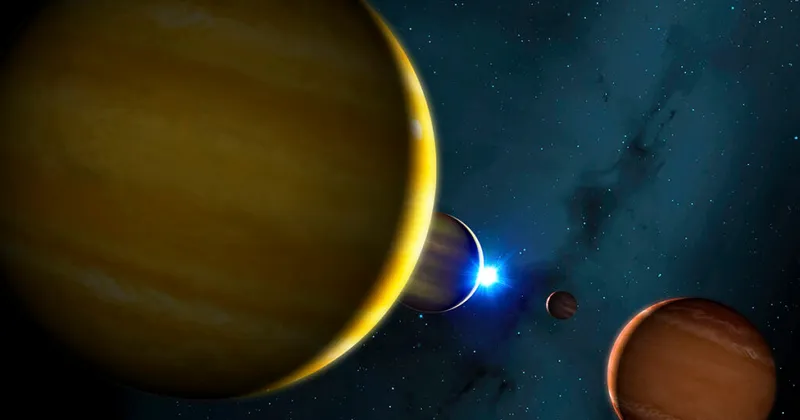
What are the greatest astronomy discoveries that occurred in your lifetime? There’s a vivid memory I have, of sitting around Patrick Moore’s dining room table and discussing the idea for what later became BBC Sky at Night Magazine. One of the people present – who shall remain nameless – wondered if there would be enough…
-
Astronomy has a bullying and harassment issue: ‘Results presented in this report are bleak’

After surveying 661 employees affiliated with astronomy and geophysics professions, the Royal Astronomical Society (RAS) has stressed an “urgent” need to address bullying and harassment across the fields. In short, 44% of respondents reported suffering in the workplace during the two years preceding the survey, and 65% of those respondents said reported concerns were either…
-
Astronomers find evidence that volcanoes on Venus might still be erupting

Astronomers have found evidence of volcanic lava flows on the surface of Venus, suggesting the planet may still be volcanically active. The discovery of volcanic lava flow in two different regions of Venus is published in Nature Astronomy. It supports previous evidence that Venus is still geologically active, and also suggests that volcanic activity may…
-
The future is bright for astronomy, and very expensive
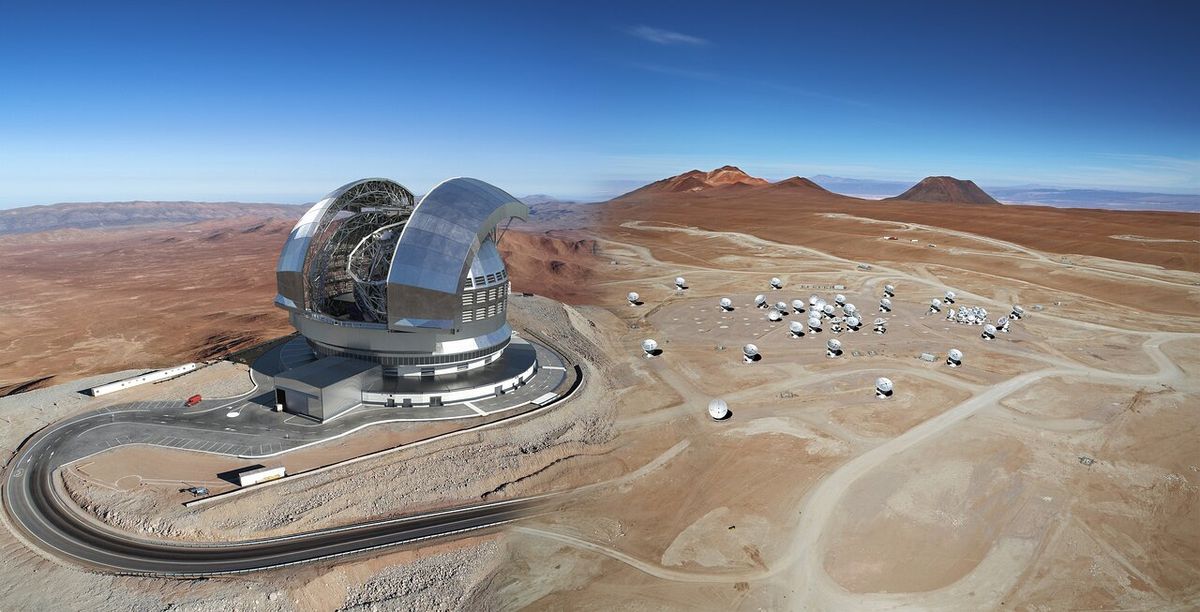
Astronomy has a bright future. The universe is being revealed in exquisite detail with the current generation of large optical telescopes, reaching back close to the big bang. There’s hope that the mysteries of dark matter and dark energy will be solved. Thousands of exoplanets have been discovered, and astronomers may be closing in on…
-
No, a ‘planetary parade’ will not be visible from Earth on June 3. Here’s what you can really see.
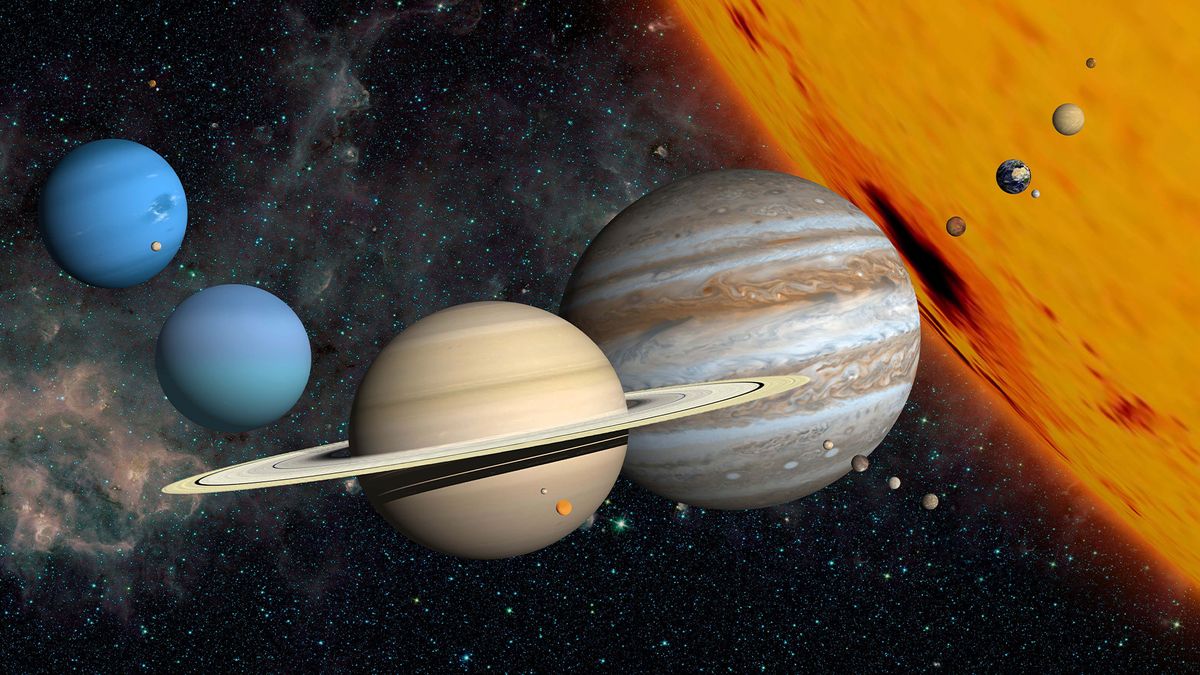
Six of the planets in our solar system — Mercury, Mars, Jupiter, Saturn, Uranus and Neptune — are about to align on June 3 in what some media outlets are dubbing a “planetary parade.” But, despite a flurry of breathless coverage promising otherwise, you won’t be able to see most of them as they rise…
-
The original ‘Mr. Eclipse:’ How a 19th-century astronomer calculated the dates of over 13,000 eclipses

If one were to mention the name, “Mr. Eclipse,” most amateur and professional astronomers would immediately recognize it as the nom de plume for Fred Espenak, a retired emeritus American astrophysicist who worked at the Goddard Space Flight Center. But he is far better known for his work on eclipse predictions. The first total solar eclipse Espenak saw was…
-
Astronomers Propose a 14-Meter Infrared Space Telescope

The Universe wants us to understand its origins. Every second of every day, it sends us a multitude of signals, each one a clue to a different aspect of the cosmos. But the Universe is the original Trickster, and its multitude of signals is an almost unrecognizable cacophony of light, warped, shifted, and stretched during…
-
Astronomers probe deep-space time capsules
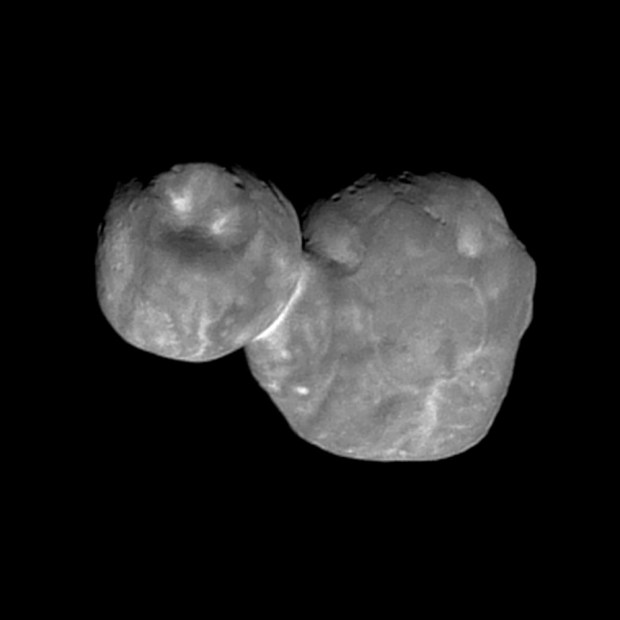
An image of Arrokoth taken by NASA’s New Horizons spacecraft in 2019. Credit: NASA/Johns Hopkins University Applied Physics Laboratory/Southwest Research Institute Primitive ices and gas from the earliest days of the solar system can remain trapped inside deep-space objects like comets and Kuiper Belt Objects (KBOs) for billions of years. That’s the conclusion according to…
-
Stargazing in broad daylight: How a multi-lens telescope is changing astronomy

Stargazing in broad daylight: How a multi-lens telescope is changing astronomy May 23, 2024 Editors’ notes This article has been reviewed according to Science X’s editorial process and policies. Editors have highlighted the following attributes while ensuring the content’s credibility: fact-checked trusted source proofread by Fran Molloy, Macquarie University Macquarie’s Huntsman Telescope observing space during the…
-
Scanning the Dark Universe, Euclid Finds Scenes of Cosmic Light
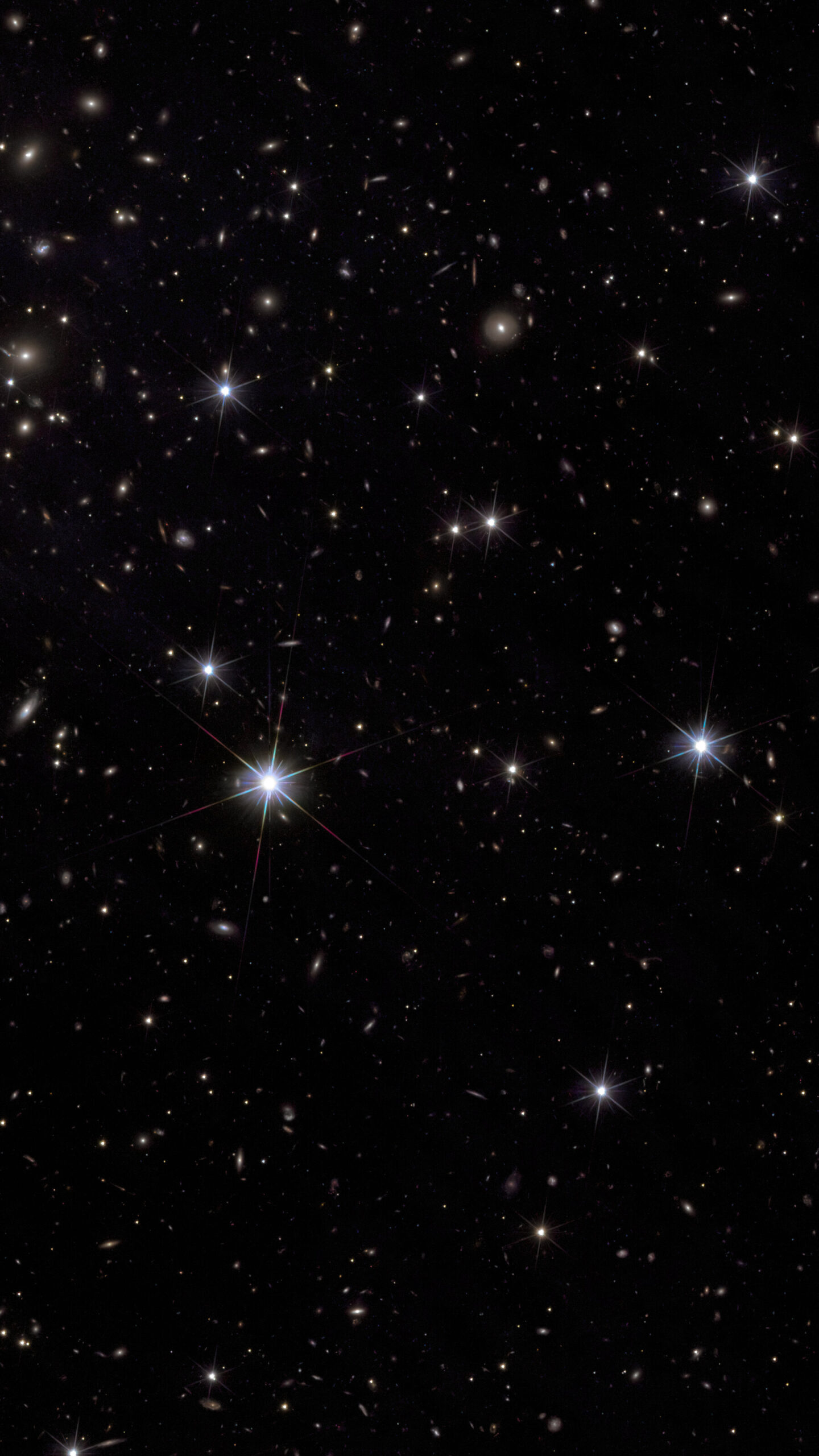
Scanning the Dark Universe, Euclid Finds Scenes of Cosmic Light By Katrina Miller Euclid, a European Space Agency telescope launched into space last summer, finally showed off what it’s capable of with a batch of breathtaking images and early science results released Thursday. The telescope will help astronomers make sense of two of the universe’s…